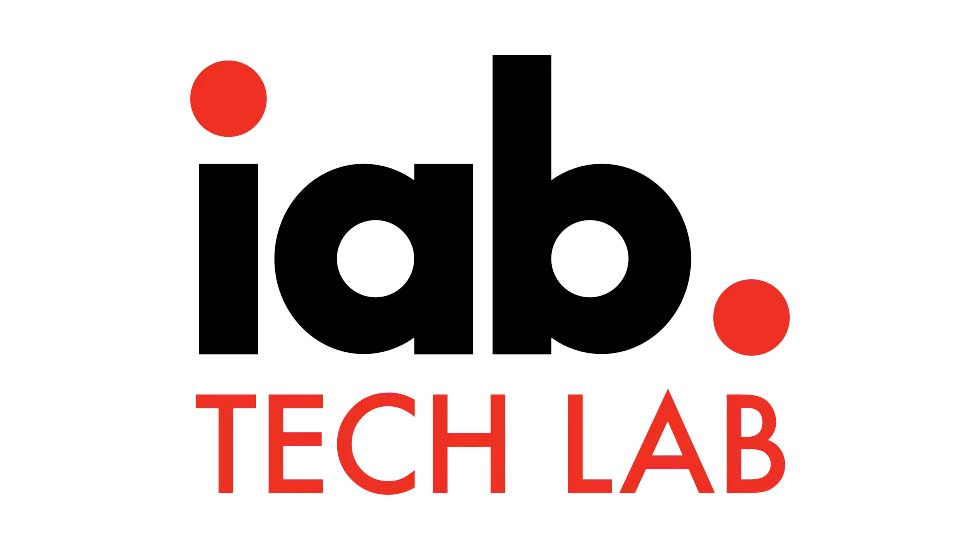McAdams On: Broadcasting, the Next Generation
WELL — A U.S. broadcaster demonstrated over-the-air 4KTV distribution at CES in Las Vegas this week. I repeat, a U.S. broadcaster demonstrated over-the-air 4KTV distribution at CES in Las Vegas. It was done with an entirely different system than the one in place now, which was the point. Broadcasting is not only stuck with its 20-year-old technology standard, but also the regulatory constraints that dictate how the spectrum is used.
The regulations that severely limit creativity in the broadcast industry are from the post WWII-era, when spectrum was granted to licensees in return for certain services—just as wireless and satellite TV licenses. Those frequency grants have since been bought and sold such that 90 percent of the TV stations operating today paid for spectrum on the secondary market. Just like satellite TV and wireless providers, which have far more self-determination than broadcasting. Consequently, the broadcast industry is hostage to rules that push it toward obsolescence while being pronounced obsolete by the regulators keeping those rules in place.
This is to the free market what being in a headlock is to ballroom dancing.
Back to the demo. Sinclair leased a low-power station in Las Vegas to do a live 4K feed to the Samsung exhibit in the Las Vegas Convention Center. According to Sinclair’s Mark Aitken, engineers “spent an evening” converting the station to DVB-T2, the TV transmission standard employed in Europe. Using HEVC encoding, the team was able to transmit 4K content at about 27 Mbps, or roughly 30 percent more than the current U.S. broadcast infrastructure bit rate.
The point of doing a 4KTV broadcast wasn’t merely to demonstrate that 4KTV broadcasting can be done, even though all TVs will soon be 4K. The point of doing the 4KTV broadcast was to demonstrate what can be achieved through flexible use of a TV license with fewer regulatory constraints.
There is virtually no other way for broadcasters to “morph into new entities,” as FCC Chairman Tom Wheeler put it at CES. Wheeler contends that the spectrum incentive auction is the perfect opportunity for broadcasters to reinvent themselves. It’s also the perfect opportunity for the FCC to reinvent its broadcast regulations so the industry can move ahead and become part of a larger, all-encompassing information exchange system.
“Samsung had satellite, cable, broadcast and IP 4K,” Aitken said. “All of those are platforms that demonstrate the need for a hybrid broadcast platform, or a heterogeneous network… that allows all network-delivered bits to interoperate.”
A HetNet model frees device makers from accommodating various network standards and interfaces. It also frees the rest of us from two-year service contracts and platform siloes.
“The tablet, computer and Internet-aware side of the community is thinking about how to tie all of this content together,” Aitken said. “I think the carrier-device wall will be torn down like the Berlin Wall, driven by consumer desire for more control.”
Smartphones would be provider agnostic, like smart TVs. Users could pick and choose what content and whose service they want at any given time. Surely that’s a public interest lip-lock for the FCC. All it has to do is move aside and let the broadcast industry invent, and put an end to the propaganda that it cannot.
The professional video industry's #1 source for news, trends and product and tech information. Sign up below.
